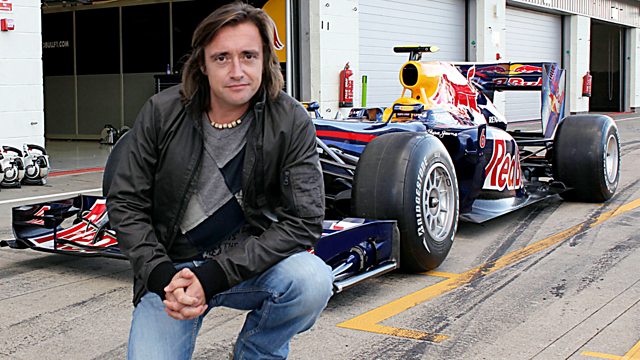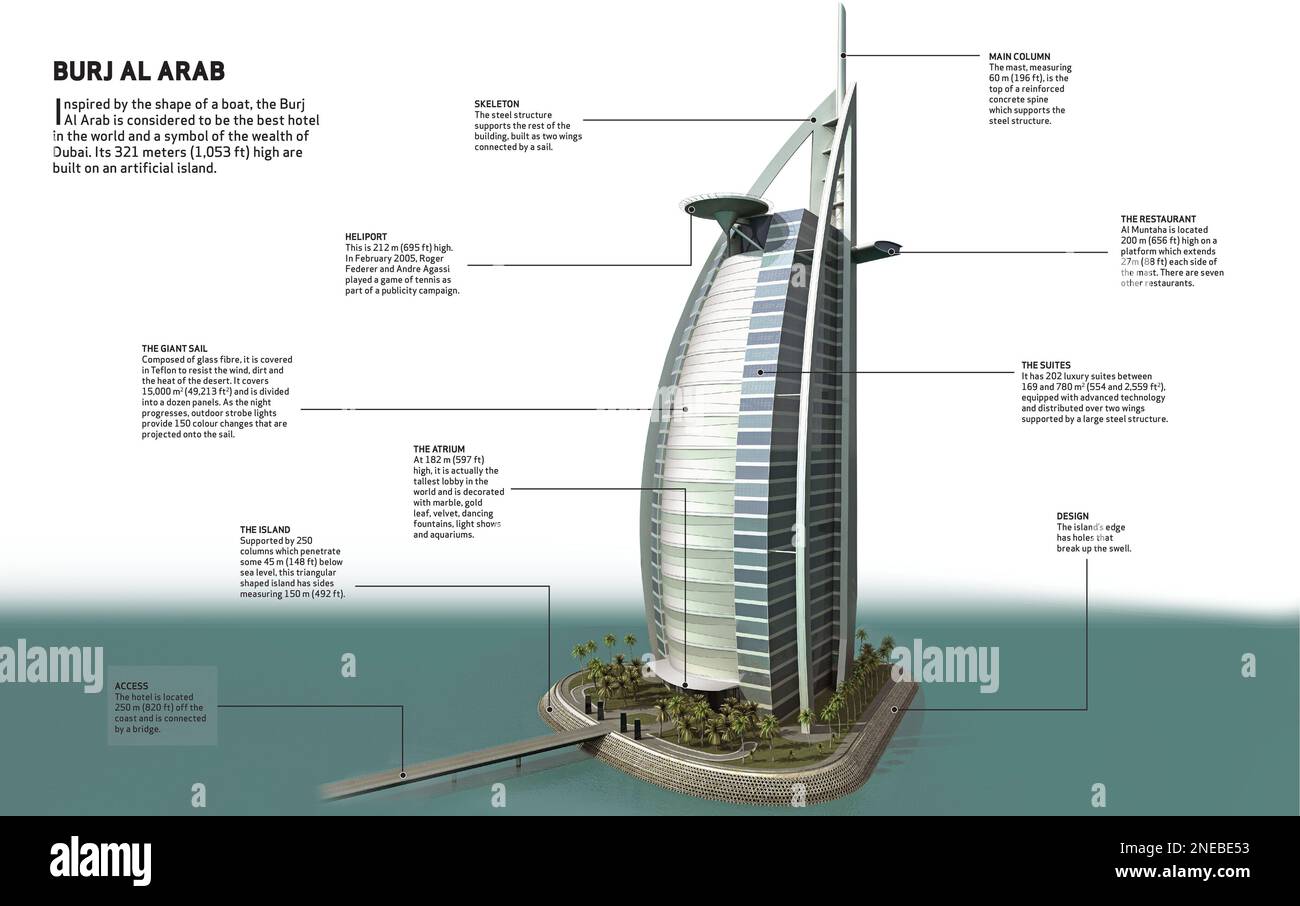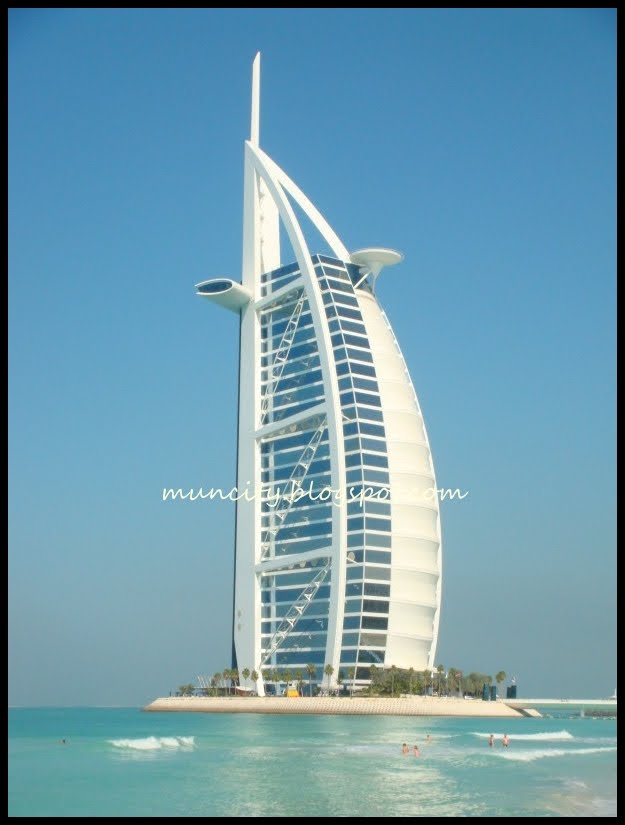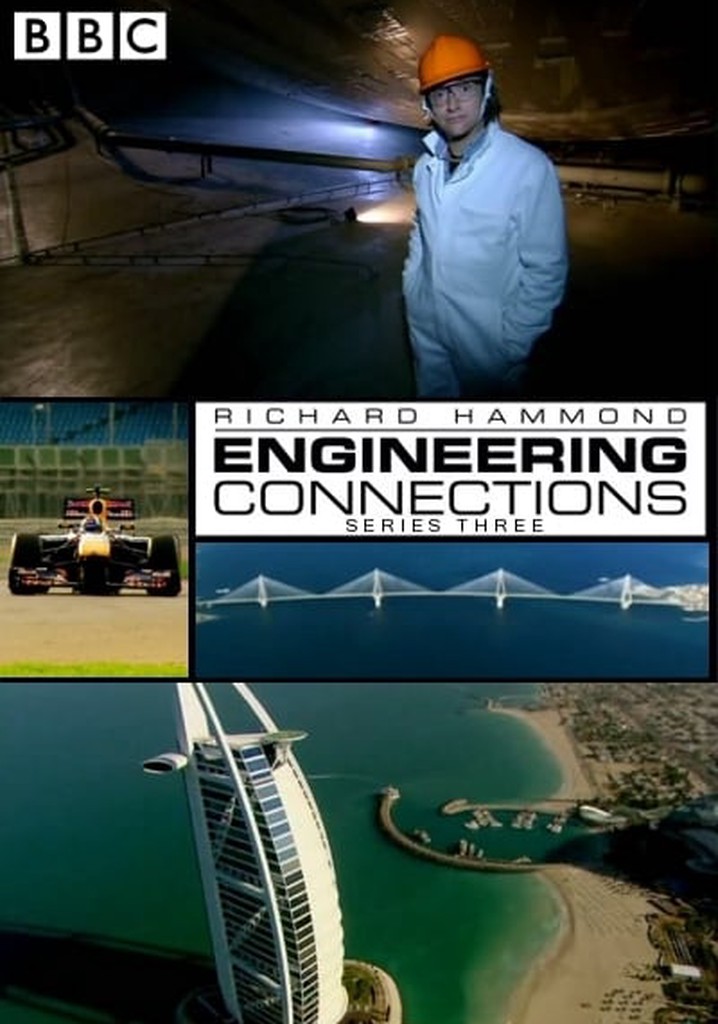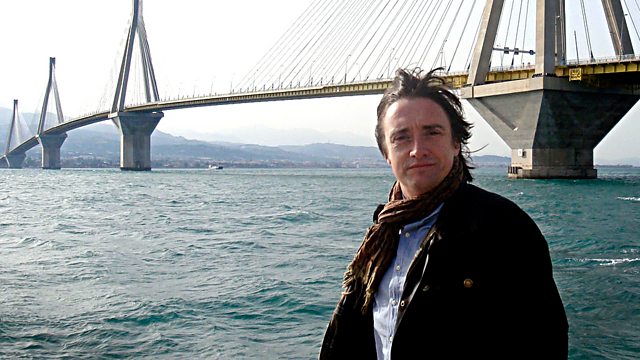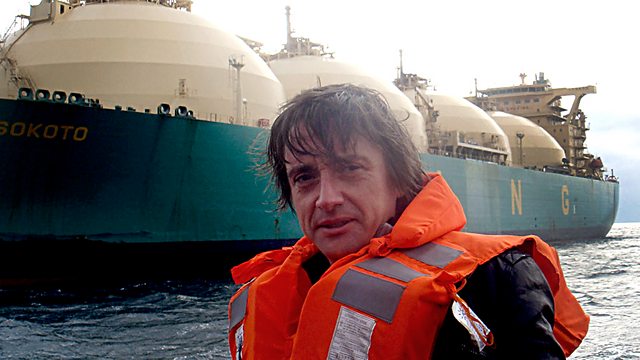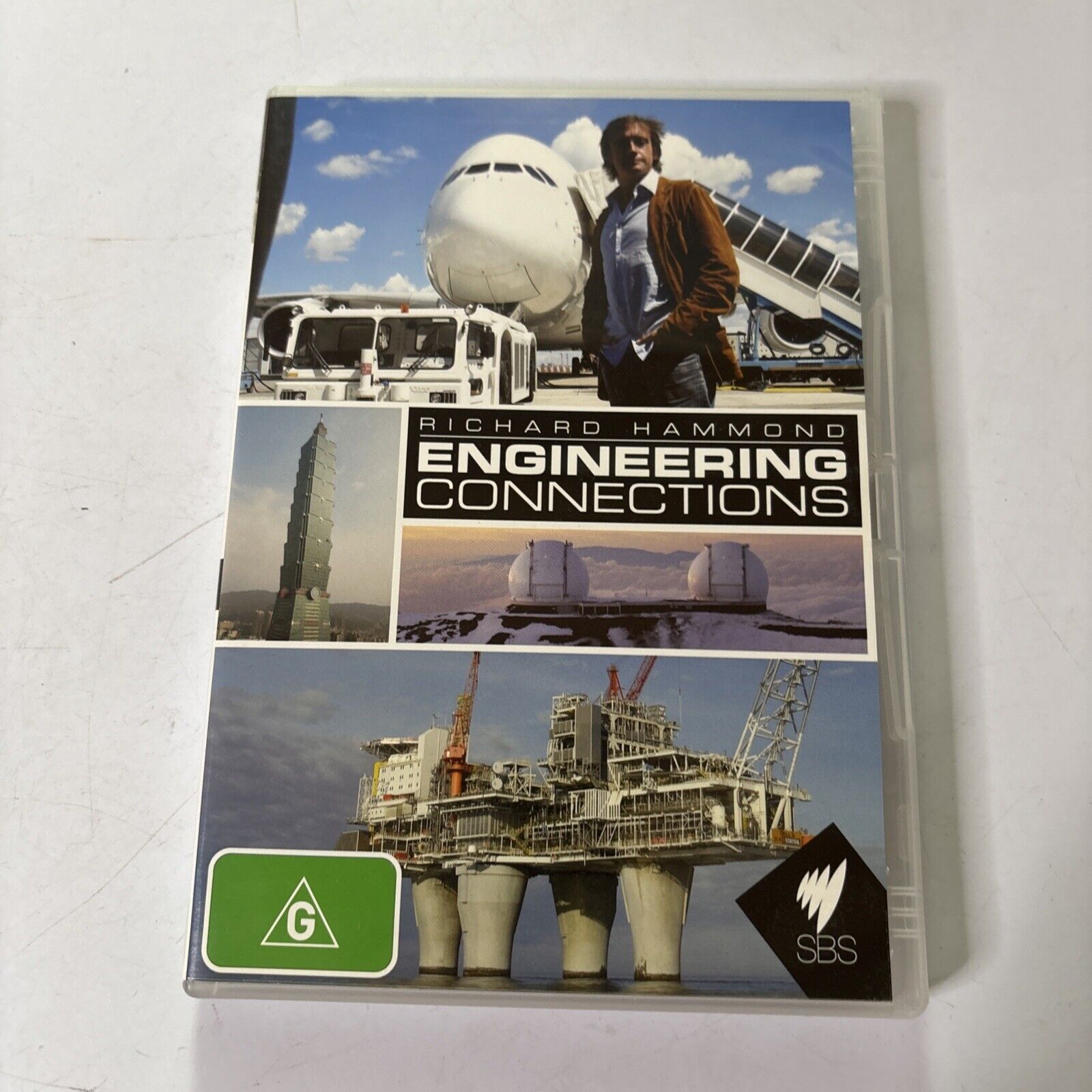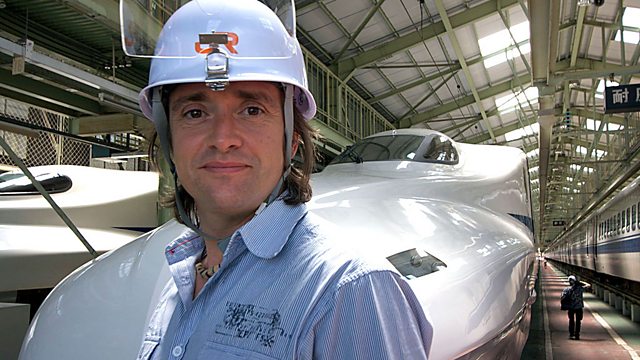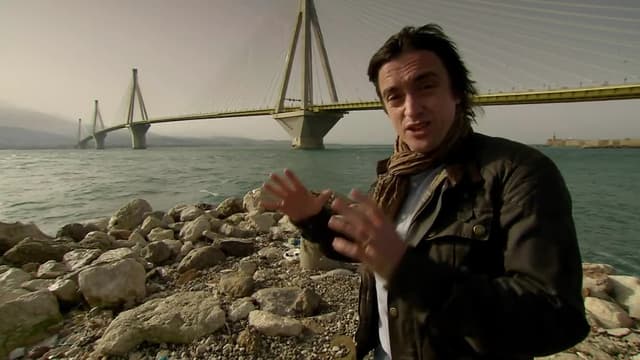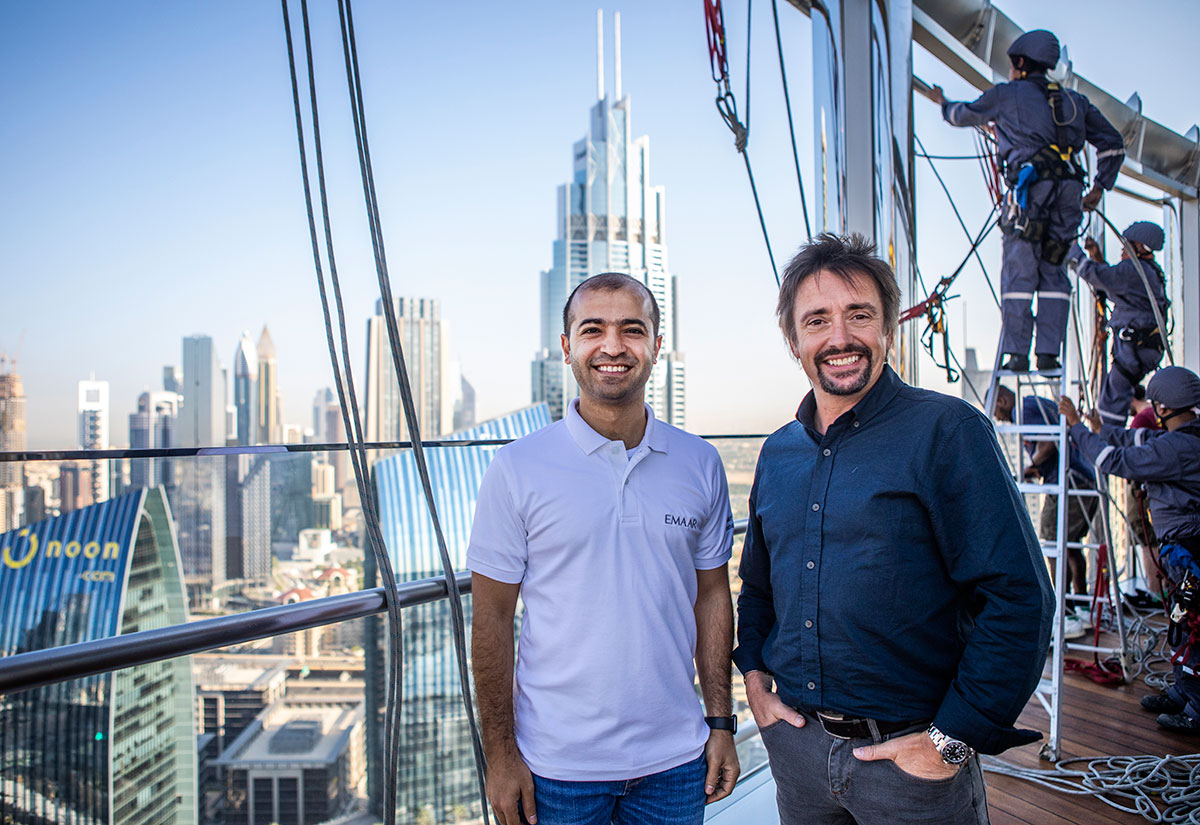Richard Hammond Engineering Connections Burj Al Arab
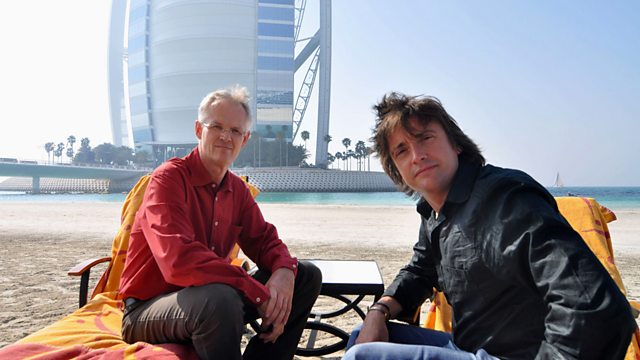
Ever watched something so grand, so ridiculously opulent, you just had to wonder, "How on earth did they build that?" That's exactly the question Richard Hammond tackled in his show, Engineering Connections, when he dove into the making of Dubai's iconic Burj Al Arab. And let me tell you, the answer is way more fun than any engineering textbook.
The Big Question: Stand Tall and Proud
The Burj Al Arab isn’t just a fancy hotel; it’s a statement. It’s a giant, sail-shaped middle finger to gravity, built on an artificial island, daring the ocean to do its worst. Think about that for a second: they built an island just to put a building on it! Talk about commitment.
Hammond, bless his excitable heart, doesn't just present the facts. He connects them! He finds the surprising, often hilarious, links between seemingly unrelated things that made this architectural marvel possible.
From Wave Tanks to… Chicken Wire?
One of the first challenges was figuring out how to protect the island and the hotel from the relentless battering of the waves. This is where the magic starts. The engineers used wave tanks, like those you might find in a coastal research lab. But here's where the "Engineering Connections" part kicks in!
Hammond reveals that the seemingly complex calculations and designs used to tame the waves have a connection to something surprisingly mundane: chicken wire! The hexagonal shape of chicken wire creates a strong, flexible structure. This same principle helped in designing the breakwaters that protect the Burj Al Arab's island.
The Sail's Secret: A Very Strong Fabric
Then there's the sail itself. That gleaming white fabric that defines the Burj Al Arab's silhouette. It looks delicate, almost ephemeral. But don't be fooled!
It’s actually a double layer of Teflon-coated woven fiberglass, which is incredibly strong. To illustrate this, Hammond draws a connection to… racing yachts! The same material is used in their sails, which have to withstand immense forces at high speeds.
Holding It All Together: A Surprising Link
The building's foundation also has an interesting twist. Building on sand is notoriously tricky. Engineers used concrete piles driven deep into the seabed to create a stable base. So, how does Hammond link this?
He connects the pile-driving technique to the way woodpeckers avoid concussions! Seriously! Woodpeckers have special adaptations in their beaks and skulls that dissipate the force of their pecking. Engineers mimic this principle in how they drive the piles, minimizing the impact and ensuring a solid foundation.
Hammond's Enthusiasm: The Real Connection
What makes Richard Hammond's Engineering Connections so captivating is his infectious enthusiasm. He doesn't just explain the science; he makes you care. He finds the human element in these massive engineering projects, reminding us that they are, at their core, the result of human ingenuity and collaboration.
He shows how seemingly disparate ideas and inventions, from chicken wire to woodpecker skulls, can come together to create something truly extraordinary. He presents complex engineering challenges in a way that's accessible and entertaining, reminding us that even the most ambitious dreams can be realized with a little bit of cleverness and a whole lot of hard work.
So, the next time you see a picture of the gleaming Burj Al Arab, remember the wave tanks, the chicken wire, and the woodpeckers. Because sometimes, the most amazing feats of engineering are built on the most unexpected connections. And that's pretty cool.
"It's not just about the steel and concrete; it's about the human story behind it." - Richard Hammond


